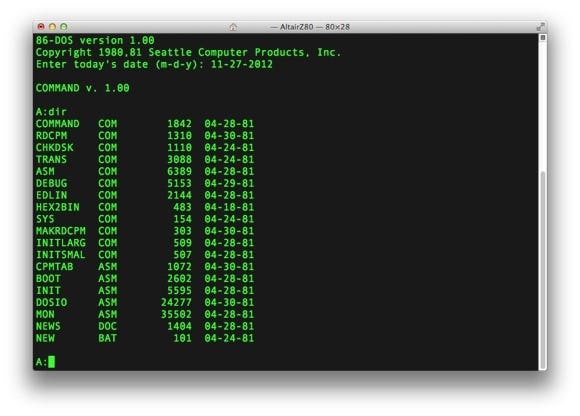86-DOS: The Untold Story Behind the PC Revolution

In April 1980, a young programmer at Seattle Computer Products (SCP), Tim Paterson, began developing a small disk operating system, codenamed QDOS (Quick and Dirty Operating System), for the new Intel 8086-based board. This project, initially designed as a quick fix for SCP's 8086 computer, unexpectedly evolved into Microsoft's MS-DOS, dominating the PC industry for over a decade. The article details QDOS's development, including the controversy surrounding its compatibility with CP/M's API, and Microsoft's acquisition of QDOS and its renaming to MS-DOS. The simplicity and CP/M-inspired API of QDOS, despite the resulting controversy, allowed for a quick release and made it a cornerstone of the PC era.
Read more

